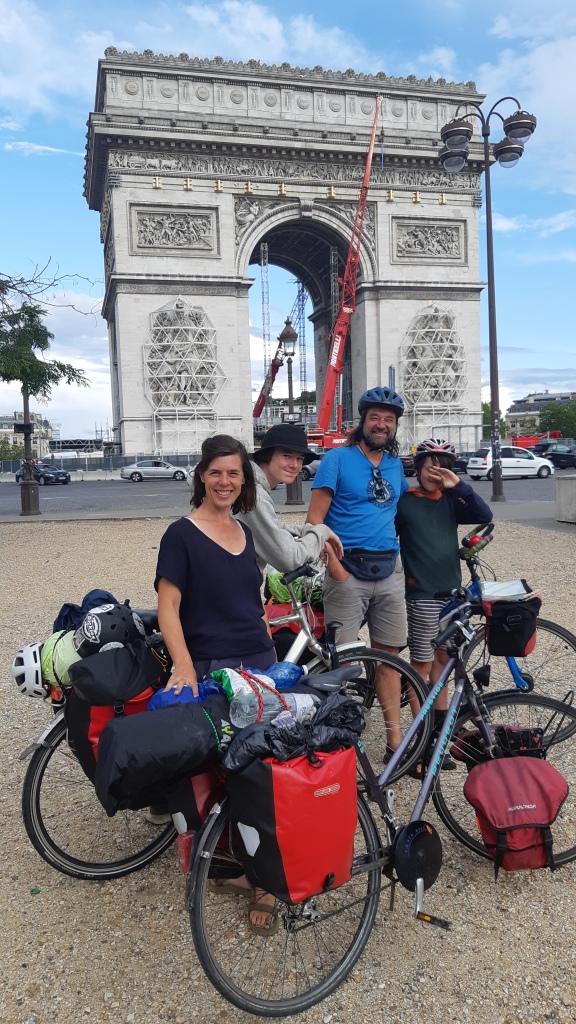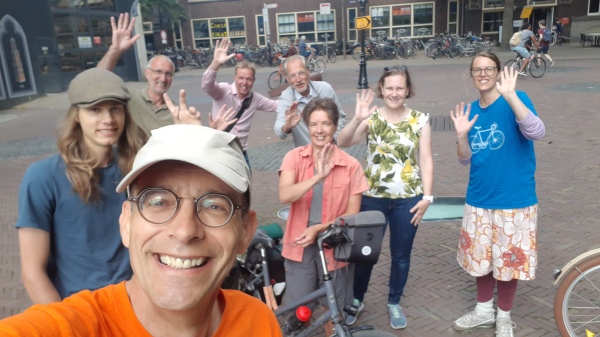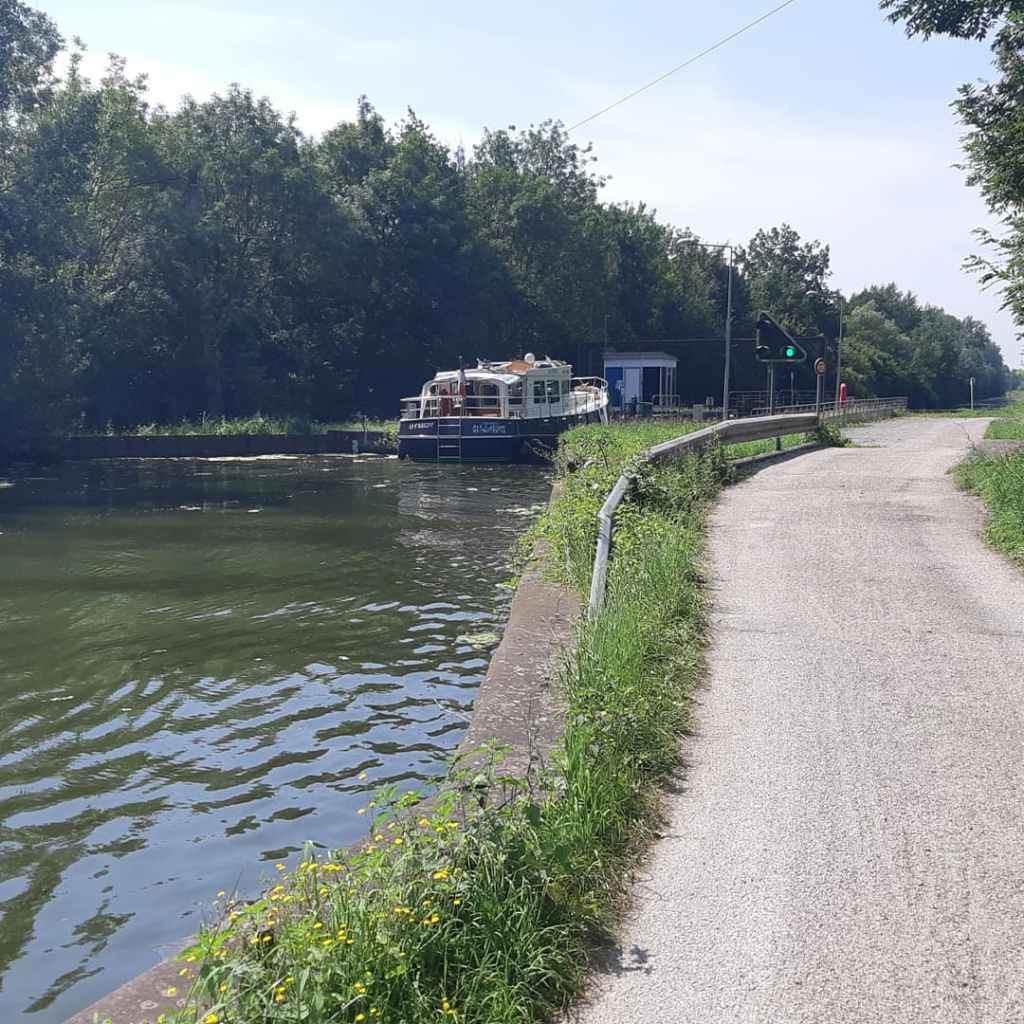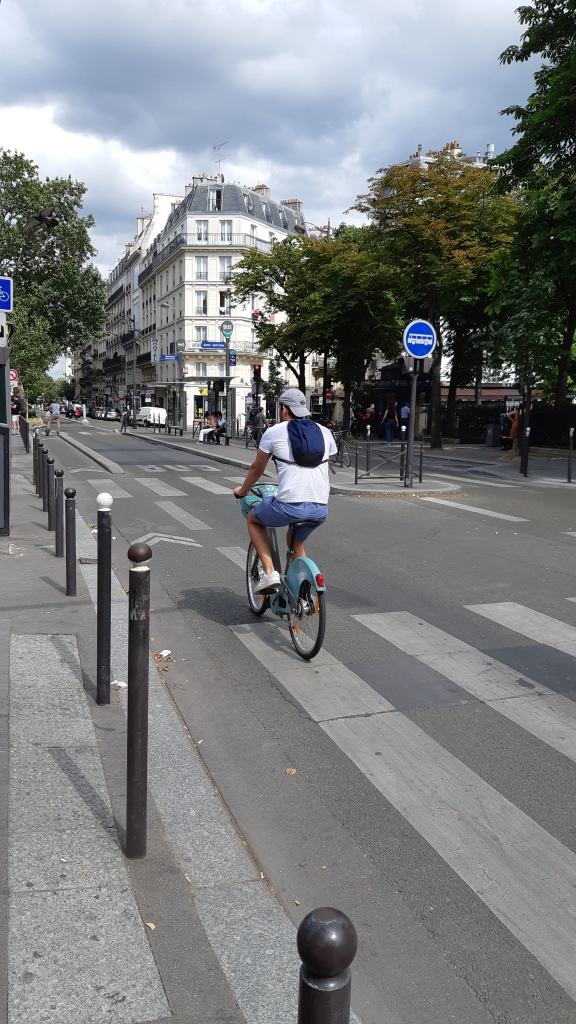A bike ride to a bicycle congress, to practice what you preach. Last year from Utrecht to Lisbon, this year in summer from Vienna to Ljubljana and now a trip to Velofinland in Oulu. To get there I had not chosen the simplest way. Just before the pandemic, I had been to Finland by train and ferry, to attend at the Wintercycling Congress in Joensu. The route via Copenhagen and Sweden was known, but as Velofinland is held at the beginning of the fall, it was a good opportunity to cycle partly to the conference. The choice was to avoid the Swedish railways (for obvious reasons, they don’t accept bicycles for long distance trains) and go around the Botnic Golf. Thus cycling in Norway, Sweden and Finland. A wonderful experience, where I have reported via the hashtag #noordwaarts22 (borrowed from Walter Hoogerbeets) via social media.
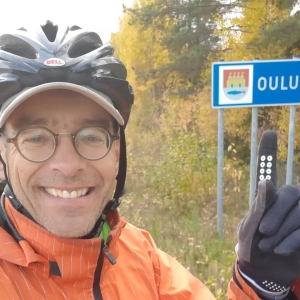
Some take aways from the congress and my own experiences:
The brave statement by Emil Renvala (Oslo), who postulated the Norwegian bicycle policy had failed. Despite the investments in bicycle infrastructure, both for the moving bicycle, and for bicycle racks at stations and other destinations. In Southern Norway it was quite right, but the objective for 10% bicycle use in the cities is not achieved. Major investments to make Norway a kind of emmenthaler cheese, with tunnels to stretch railways and in particular make even more car infrastructure, make the convenience to use the car still larger. On the other hand Oslo is quite ambitious in lifting on-street car parking in order to make room for active mobility. Their pragmatic approach to permanent street redevelopment is very inspiring.

Finland as a cycling holiday destination. The southern archipelago and the lake district in the east are known, but Lapland also lends itself because the tourist infrastructure is already available. Now focused on winter tourism, it can develop into a summer and autumn destination. A development that is also known from the Alpine countries, where winter accommodations in combination with electric bicycles have become popular destinations. The quality of Lapland is based on the space and tranquility. Something I experienced in the the north of Sweden and where the beautiful fall colors even have their own word in Finnish: Ruska.
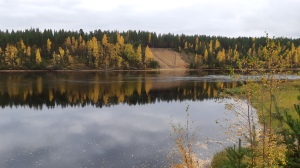
The Finnish cities, with a rich pitch of large green structures, so that peaceful green is always close to housing. Perhaps one of the explanatory factor why many Finns have come carefully through the coronacrisis. But also the uniformity of living environments with identical supermarkets, schools and sports facilities within walking distance. In contrast to the stronger urban quality of the Netherlands. Many people on the street, which are en route, and a larger spatial variety, which give the experience of daily bicycle movements much more richness. For me it is the question how we can value these qualities in a way that we can justify specific investments in cycling.
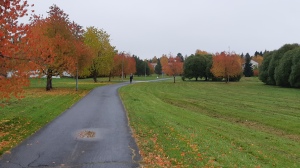
Strong development of Tampere and Helsinki around public transport stops. In Tampere around the tram, in Helsinki around the metro, where really is designed from the pedestrian point of view.
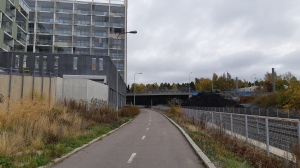
I return to the Netherlands with a head full impressions to continue working on making the bicycle facilities even better in the Netherlands.
















